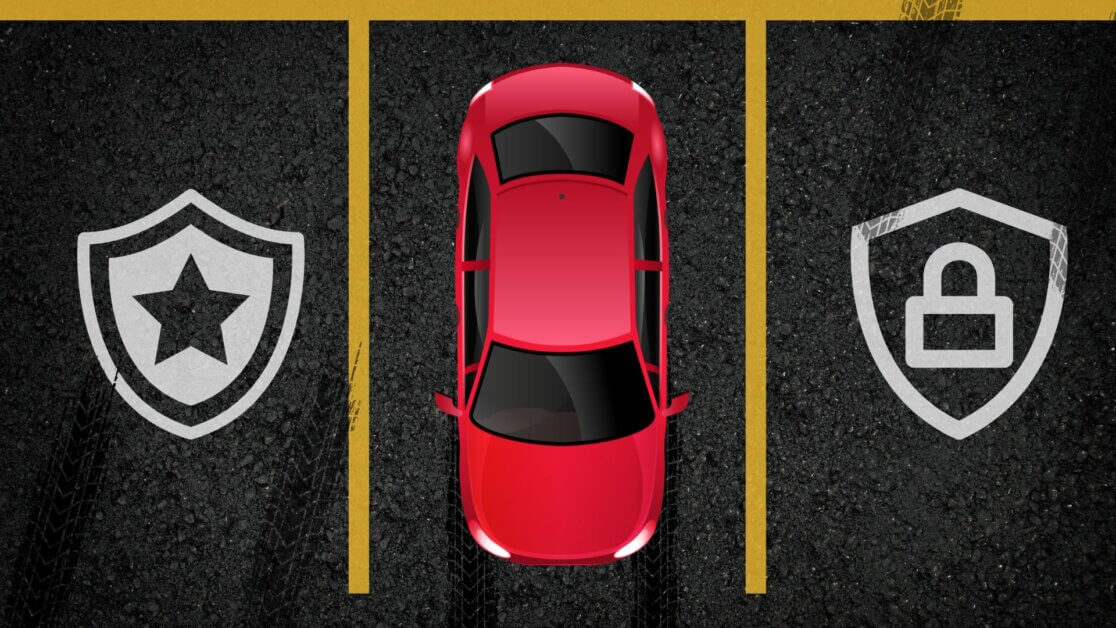Today’s article will discuss a case that focuses on an Officer-Involved-Shooting in Warren, Arkansas and deals with the shooting of a suspect who, unbeknownst to the officer, was not in possession of a handgun at the time he was shot. Under these circumstances was the officer entitled to Qualified Immunity?
As we navigate through this difficult time, I know that I am preaching to the choir when I say that our day to day duties include making split second decisions under stressful situations where we may not have all the facts at the time of an event and we still need to take action quickly. Fortunately, the courts recognize our dilemma and have determined that it is unfair to review these actions with the benefit of 20/20 hindsight. As I have stated before in our Qualified Immunity Series, my hope continues to be that as legislators across the country gear up to “fix” the problems of law enforcement they will remember this important principle.
FACTS
Davdrin Goffin’s uncle called the police and advised them that he suspected his nephew of breaking into his house and stealing two guns, ammunition and pills. According to the uncle, Goffin came to his house and advised him he needed a gun because he had thrown his away while fleeing from the police. The uncle refused but came back to his house later to find that someone had broken in through a rear window and stolen his guns. As officers left to go looking for Goffin, the uncle warned them, “This dude is out of control, Y’all better be ready to fight when you find him.”
Officer Ashcraft pulled over a truck that matched the description of the vehicle Goffin was said to be riding in. The driver advised Officer Ashcraft that Goffin had ordered the driver to take him to the car wash, displaying two handguns when the driver initially refused. The driver advised Officer Ashcraft that Goffin was drunk and “was going to do something stupid”.
The officers found Goffin at a nearby auto shop sitting in a car. The officers removed Goffin from the car and began patting him down at the back of the car. As they attempted to handcuff Goffin he pushed away from them and began running towards a group of people. As Goffin ran away he lifted his right arm and shoulder in a motion that Officer Ashcraft interpreted as reaching for a weapon and she fired one round, striking Goffin in the back. Goffin was provided medical treatment and a further search uncovered a 9mm magazine and several loose bullets. The two stolen handguns were found in the car where Goffin had been sitting.
Goffin survived his injuries and sued the officers and the City of Warren, claiming that he was the victim of excessive force and that the City had failed to properly train its officers. The trial court granted the defendant officers a Summary Judgment motion, finding that the officers were entitled to Qualified Immunity and they also dismissed the claims against the City. This appeal followed.
EIGHTH CIRCUIT FINDINGS
Noting that the Court must make its decision through the eyes of a reasonable officer with the information known to the officer at the scene, the court identified the factors known to Officer Ashcraft prior to the shooting:
- Goffin had lost a gun during an earlier altercation with the police;
- He had recently stolen two more guns;
- He was drunk and had threatened a citizen with the two handguns; and
- Goffin’s uncle warned the officers that Goffin was looking for a fight.
Goffin argued that the officer should have known he was not a danger because another officer had just conducted a pat down and found that Goffin had no weapons. According to Goffin, this creates an issue of material fact that precludes Qualified Immunity. In other words, the fact that one officer found no weapons during a search eliminates Officer Ashcraft’s reasonable belief that Goffin was armed and dangerous.
The 8th Circuit disagreed. The court found there was no case that clearly established that an officer could not reasonably believe that a suspect may still be armed after watching another officer complete a search that found no weapons. In fact, the court noted that the searching officer had missed several bullets and a 9mm magazine. Additionally, the officer’s actions were not so egregious that the officer should have known that the act itself violated Goffin’s 4th Amendment protections.
TAKEAWAYS
This case presents a good example of why the courts have fashioned the Qualified Immunity defense and why it is so important for officers. At the time of the shooting officers were looking for a dangerous subject who had threatened citizens with the stolen weapons and was clearly a danger to the officers and citizens alike. Under those circumstances and Goffin’s actions, it was reasonable for Officer Ashcraft to believe she was in imminent danger of deadly force.
For more training and information regarding Qualified Immunity and the Use of Force, please join us for our 2020 Use of Force Virtual Summit. Information on seminars, keynotes and registration can be found here. Thank you and stay healthy and safe.



